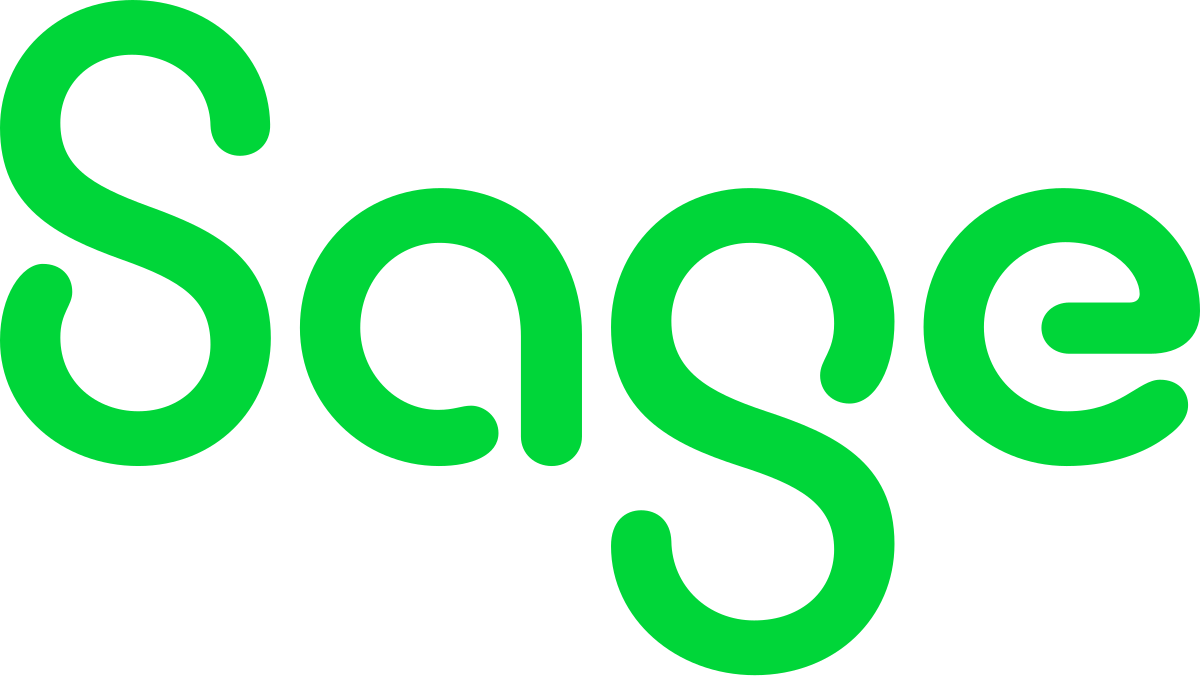I’ll take your face to another dimension. Pay close attention.
Blog by Andy | Posted on Monday October 5 2020

Seen The Social Dilemma on Netflix? If you have, you’ll probably have the same feelings of impending doom as I do.

There seems to be a race for the end of humanity going on. What will be the thing that wipes us out first? Will it be climate change? Water poverty? Virulent disease? It seems that AI, long touted as an existential threat to us all, is less likely to take us down with Terminators or armies of robots, and more likely to just outwit us into pacified, unknowing subjugation. Still, something to look forward to in retirement.
The Dark Side
The main takeaway from the film, though, is the importance of information. Our lives are all about data and making sense of the enormous amounts of information available to us. In the case of big businesses like the tech giants of Silicon Valley, the main drive of this is to keep you engaged. The more time you spend on any given platform, the more money that platform makes. This could be directly, through sales, or indirectly through advertising. This is the perceived dark side of Big Data.
The Upside
The upside comes in times of crisis such as that Covid-19 pandemic you might have heard about recently. The world is changing around us, and decisions we make on which way to turn and how to manage our way through need two things more than ever: information and adaptation. And the key thing is that the former should drive the latter. We need to know as much as we can about the virus. How does it spread? Who does it affect and how? What are the best ways to contain it and control it? What are the risks?
The biggest impacts are on the way we live and work. We can keep the risks to a minimum through the information from the scientific and medical communities, whose systems and policies are based on epidemiological research. In the case of Covid-19, minimising risk means preventing people infected with the virus from coming into contact with those who are not.
Managing the risk

Now, when it comes to minimising the risk across a whole population – especially in countries with a high number of infections – the difficulty is in collecting the data you need to make informed decisions about who to isolate from whom. So, in most countries around the world, the advice is to act like anyone could be infected and avoid contact wherever possible between all people in all places.
On a more localised level, though, there are ways to manage the risk through added information. In the case of the NFL in the US, regular routine testing of players and supporting staff within a carefully-controlled ‘bubble’ of group isolation means that the football season went ahead with games played, albeit in empty stadiums. Stadia? Football venues. You know what I mean. The ability to test regularly and maintain distance from all other people outside the bubble has been the key to allowing the season to go ahead.
Testing is a contentious issue
Testing has been the most important source of information. But the general availability of tests has been dire in many places and the strategy around deploying has been under fire in many countries – especially where the demand is highest through sizeable outbreaks.
So testing is difficult to apply. Information is still key – and without the availability to test, the next best thing is to minimise contact as much as possible and to monitor symptoms. Adaptation based on information.
In the business environment, where staff can’t work from home, minimising risk means making changes to how workplaces are laid out and the numbers of people in the same place at the same time. I’m used to washing my hands twenty times an hour now. I think my hands have developed an alcohol dependency. In our office, there are limits on the number of people allowed in communal areas at any one time, and face coverings are mandatory when moving around the building.
Behaviour has changed

The way we behave has adapted through generally available information and advice. The way we do Access Control and the way we monitor Time and Attendance has also changed, though. Many of our devices use fingerprint identification, but during the pandemic contact has been minimised. Existing fingerprint ID machines can use contactless RFID cards.
But for those still keen on the benefits and security of biometrics, facial recognition has come bounding to the fore. Quick and accurate, they are now more popular than ever as they recognise individuals even from a distance. Facial recognition for Access Control and Time and Attendance had been on the rise for its convenience and hygiene even before Covid-19. The pandemic has just given it a big old boost.
What of the increased information leading to better decisions?
So, we were discussing testing and using symptom measurement as an alternative. It’s not perfect – many people can have the virus and not present symptoms. This is what makes it so contagious. Absence of evidence is not evidence of absence. What we do know, however, is that if symptoms are present, there’s a good chance that an individual is infected and should be isolated and tested, just to be sure. Checking at least for symptoms, therefore, is a key factor in any strategy to avoid the spread of the virus.
Facial recognition has adapted and evolved
Our range of facial recognition machines have increased to include stablemates with a cunning new dimension. They will not just check your facial algorithm for Access Control or to check you in or out for Time and Attendance purposes. They will also measure your temperature while they do it. If you are above the threshold of a normal healthy temperature, access will be denied and it will be flagged so the organisation can take the appropriate steps. Quarantine you, I mean. That sounded a bit sinister.
Two good examples of the new devices available are from leading manufacturer Anviz. The Anviz FacePass 7, a very popular facial recognition device for Access Control and Time & Attendance, has been extended in the IRT model to include built-in infrared thermal temperature screening. The all-new FaceDeep 5 IRT combines infrared and visible light to perform face recognition and also features thermal detection. Scary quick and accurate, it can even recognise more than one face at the same time. For more details on this technology take a look at our dedicated temperature-control-management section.

This extra individual temperature information is just another facet to the gamut of data you as a business have at your disposal. It can give you more control over your environment and a better view of where you stand as an organisation. It can help target the requirement for a test. And it can ultimately contribute to the defences we have against this dastardly microbe.
Information’s nothing to be scared of
Be afraid of ignorance: we all make mistakes because of a lack of the right facts. Information is still what makes us powerful – we just need to know how to use it for the right reasons. And keep it out of the hands of Skynet. Oh, and Twitter. And Facebook. Er, and Amazon. And Google. And …
Apologies to The Prodigy and Adam Ant for the bastardisation of their lyrics. RIP Keith.



































